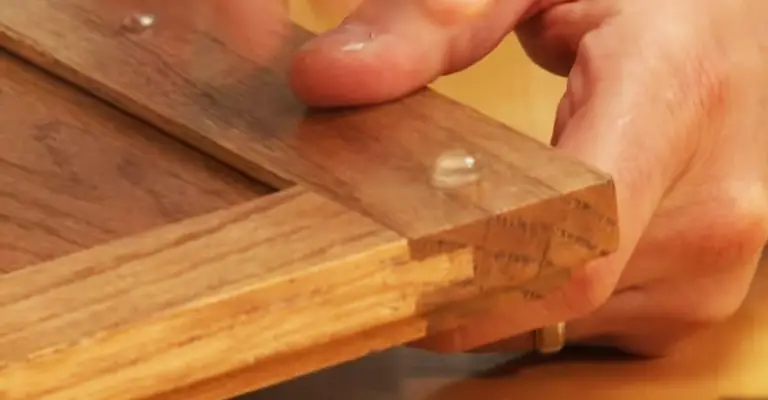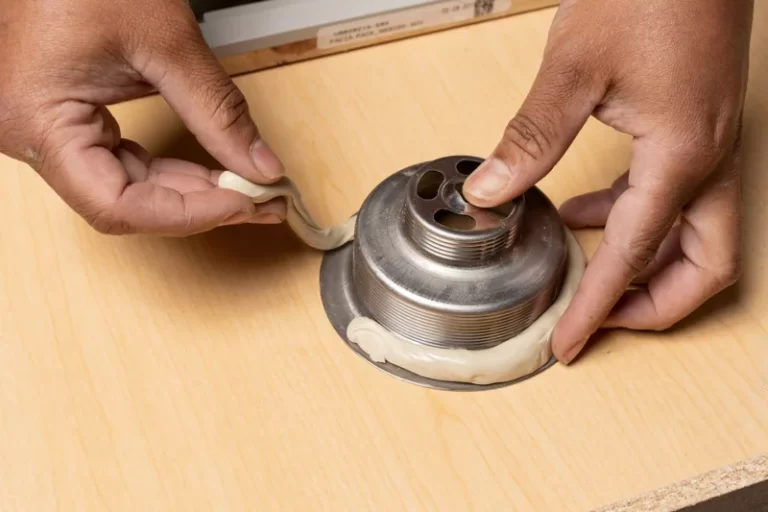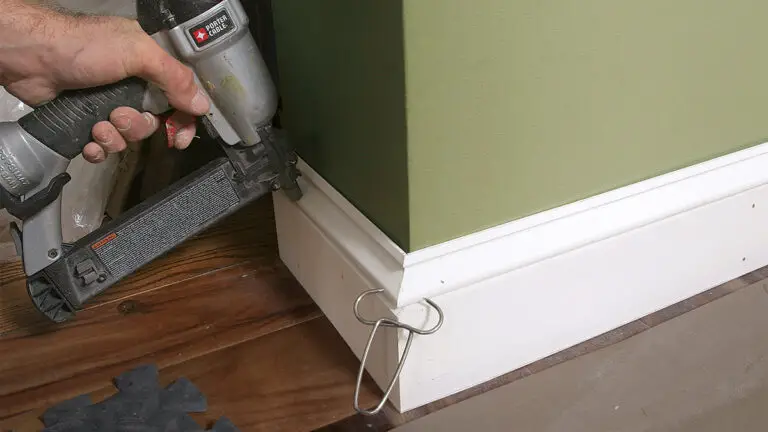What Do I Do If Drano Won’t Go Down The Drain?
You reached for the Drano to unclog your drain because it’s clogged. Many homeowners do so, too. You should be able to solve the problem in most cases.
Do you already have experience pouring Drano down your shower drain with no success? Hair, whether naturally shed or shaved in the shower, is the most common cause of clogged shower drains.
The clog holds water, which dilutes the Drano and lessens its potency. Never mind that hair is hard to dissolve. If Drano does not clear your clog, you will need to use some other methods.
Things To Do If Drano Won’t Go Down The Drain
Now what? Once you’ve used Drano, there are several things you should not do, or you risk creating a safety hazard.
It’s entirely up to you whether you want to call plumbers or not. That being said, we’ll still be going to show you how to unclog your shower drain when Drano isn’t working.
You can choose another method of drain cleaning if Drano isn’t effective no matter what your situation is. Read on for some tips on unclogging your drains permanently!
- Plumbing Snakes
Local hardware stores carry plumbing snakes that you can rent. It usually looks like a claw, hook, or pointed end on a long, flexible cable. The snake will be threaded into your drain, and you will use it to peel away the clog. Sometimes, this can move the clog instead of Drano when it won’t go down the drain.
We don’t blame you if you don’t feel comfortable using a plumbing snake on your own. These are known to get stuck in drains, causing additional damage and requiring more extensive sewer and drain repairs.
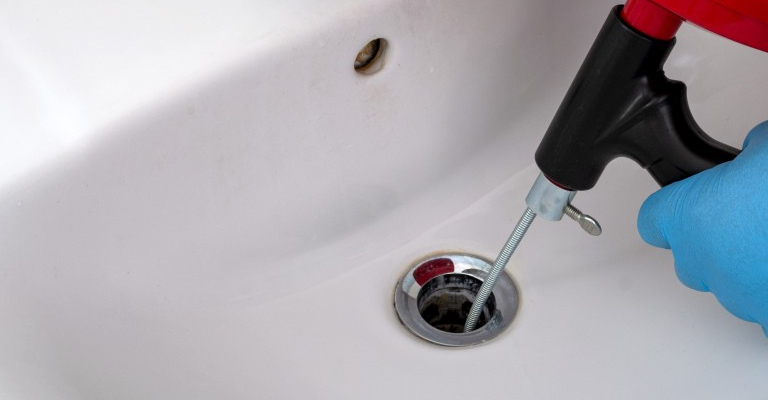
- Household Remedies
Pour baking soda and vinegar in your drain and let them sit for around 10 minutes if your drain drains at all. If you have standing water, make sure you have purged it first. If you wish, you can add a bit of water to dilute things even more. Mix 12-1 cup baking soda with 1 cup vinegar. Allow it to sit for 30-60 minutes and then flush. This mixture is sometimes capable of breaking up clogs while even Drano cannot.
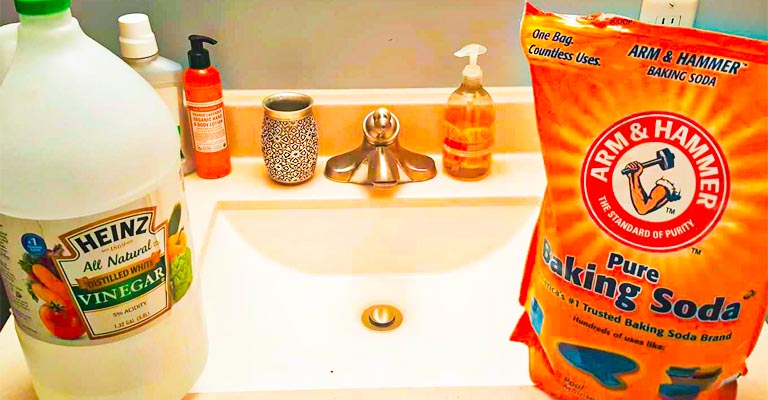
- Plunge It Out
Grab a plunger instead of Drano when it won’t go down the drain. Some people believe plungers are only useful for toilets. The suction they create can help dislodge your clog, however.
Choose a plunger that will seal around your drain completely. In this way, its effectiveness is maximized, and you have the best chance of clearing away the clog.
What To Do If Drano Doesn’t Work?
You should call the plumber if you’ve poured Drano down the shower drain and it didn’t work. Their professional equipment can safely remove the clog, which you can’t buy at the store.
Call the plumber and let him know that you tried using Drano. While they are working, they will have to take a few safety precautions.
The scope will probably be sent down to see what caused the blockage. Hair clogs are typically the cause most of the time. In most cases, they’ll use a drain snake or other suction equipment to remove the blockage.
A plumber with experience will repeat this process several times to make sure all clogs are removed from the drain. The likelihood of it clogging up soon will be lower. To ensure that the water drains properly, they run the water for several minutes.
It’s a good idea to purchase a shower drain screen in case you need to avoid shower drain clogs in the future. This will keep hair from entering the drain altogether. It is easier to deal with them than clogged shower drains if they need to be cleaned periodically.
Furthermore, if you experience another clog, avoid using Drano. It is rarely effective for clogs in showers since they are usually thick clogs of hair.
It can also end up damaging your pipes and making your plumbing harder to repair. A plumber should be contacted as soon as possible to prevent further damage and to get the clog resolved properly.
What Not To Do
After you have used Drano, do not use any additional unclogging chemicals or liquids. With other drain-cleaning chemicals, hydrochloric acid can react explosively or cause other problems.
If you mix chemicals, you could burst your pipes or inhale fumes that could cause injury. Additionally, Drano has the highest caustic strength among drain cleaners.
We recommend that you do not use it as it could damage your pipes. Drano would have taken care of the clog if the clog had been washed away with strong chemicals. In this case, non-chemical options are necessary.
Using Drano, on the other hand, means putting a dangerous chemical in your pipes. Clogs are almost certainly not superficial or are so deep that they aren’t reachable with your hand. However, never touch the Drano; you’ll burn yourself.
Don’t touch the pipes either because you’ll get burned. Your hands could get soaked with Drano. Give it some more time to sit. You shouldn’t have a problem pouring Drano down there if you haven’t done so 100 times before.
Let the Drano clear with hot water, and then flush it with cold water. After flushing the toilet, a couple of times, if it backs up, you should remove the p-trap as suggested by others.
Why You Shouldn’t Use Drano?

It’s not a big deal to use Drano once to unclog a clogged sink. Using it only once is not going to damage the pipes underneath your sink and is a simple fix for your problem.
You may have a bigger problem if you notice clogs occurring in the same general area repeatedly. If Drano temporarily fixes the issue, you should be good.
- They Are Hard on Pipes
Many people have had success using over-the-counter drain cleaners to unclog drains, including clearing the clogs in their showers or bathroom sinks. There is a problem, though, as the chemicals in these products can cause serious damage to plumbing pipes.
Pipes made of plastic are especially prone to corrosion by these chemicals. The longer a pipe is exposed to Drano or Liquid Plumber, the worse it will be.
Avoid using Drano in the same spot over and over again if the same clog keeps occurring. Repeated use will cause problems.
- Chemicals Are Bad For Toilets
It is possible that chemicals used to unclog toilets end up helping, but it is also a dangerous practice. Chemicals designed to get rid of clogs will stay in a toilet bowl for a while, including chemicals used to prevent clogs.
During the use of Drano and other products like it, the chemicals can settle onto the porcelain and begin to heat it. In some instances, this can cause a crack to appear in the toilet bowl or even lead to an explosion.
Final Words
When faced with a stubborn clog that even Drano struggles to combat, it’s crucial to approach the problem methodically. Clogged drains can often be cleared by employing simple household solutions. The use of a homemade drain cleaner, such as a mixture of baking soda and vinegar followed by boiling water, can be surprisingly effective against minor clogs. If the obstruction persists, consider checking the sink trap, which might be holding debris that’s causing the hindrance. Most local hardware stores offer tools that can help you safely and effectively remove these impediments.
Still, there are instances where DIY methods might not be sufficient. If you find that your clogged drain refuses to yield to both commercial and homemade drain cleaner solutions, it may be time to escalate your approach. Investing in a drain snake allows you to slowly pull out whatever is causing the blockage, providing a direct remedy for more tenacious obstructions.
However, if you’ve exhausted all of these methods and the blockage remains, it might be time to call in the experts. Employing the services of a professional plumber ensures not only that the clog is removed but also that it’s done so safely, without causing undue damage to your plumbing system. Remember, while there are various methods to tackle clogged drains, understanding when to employ each one is the key to a free-flowing system.
Also Read-



